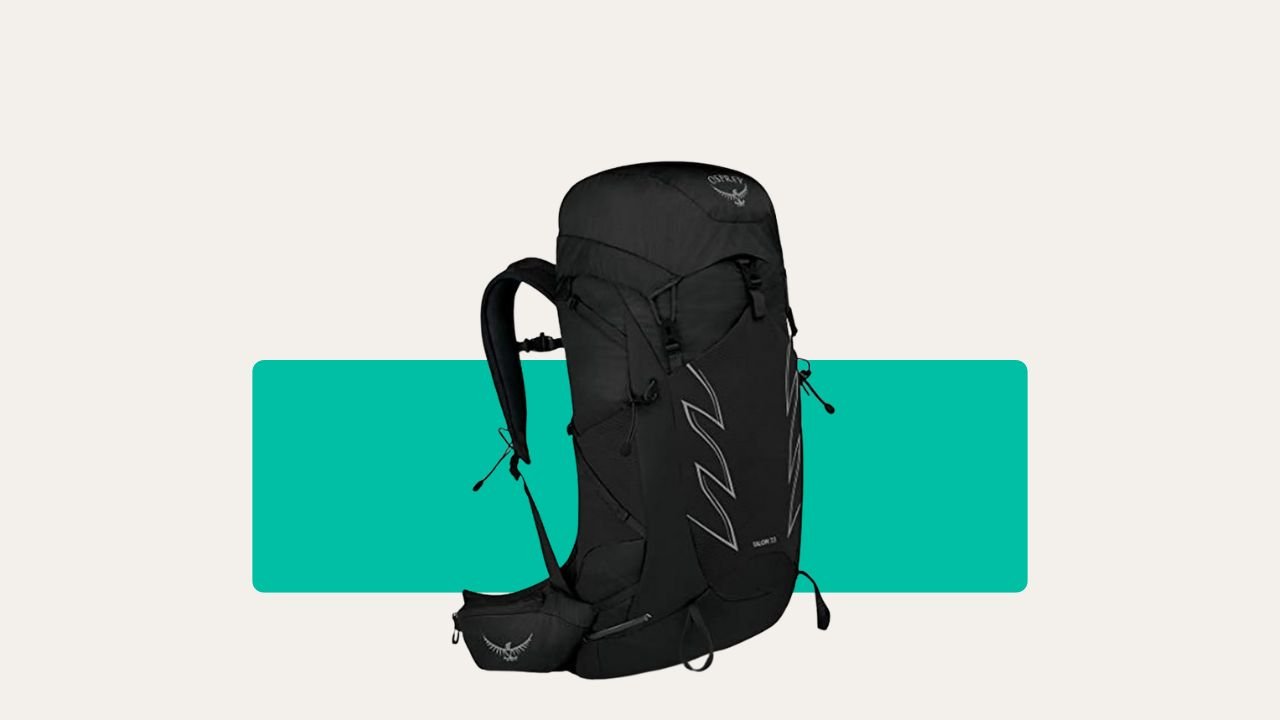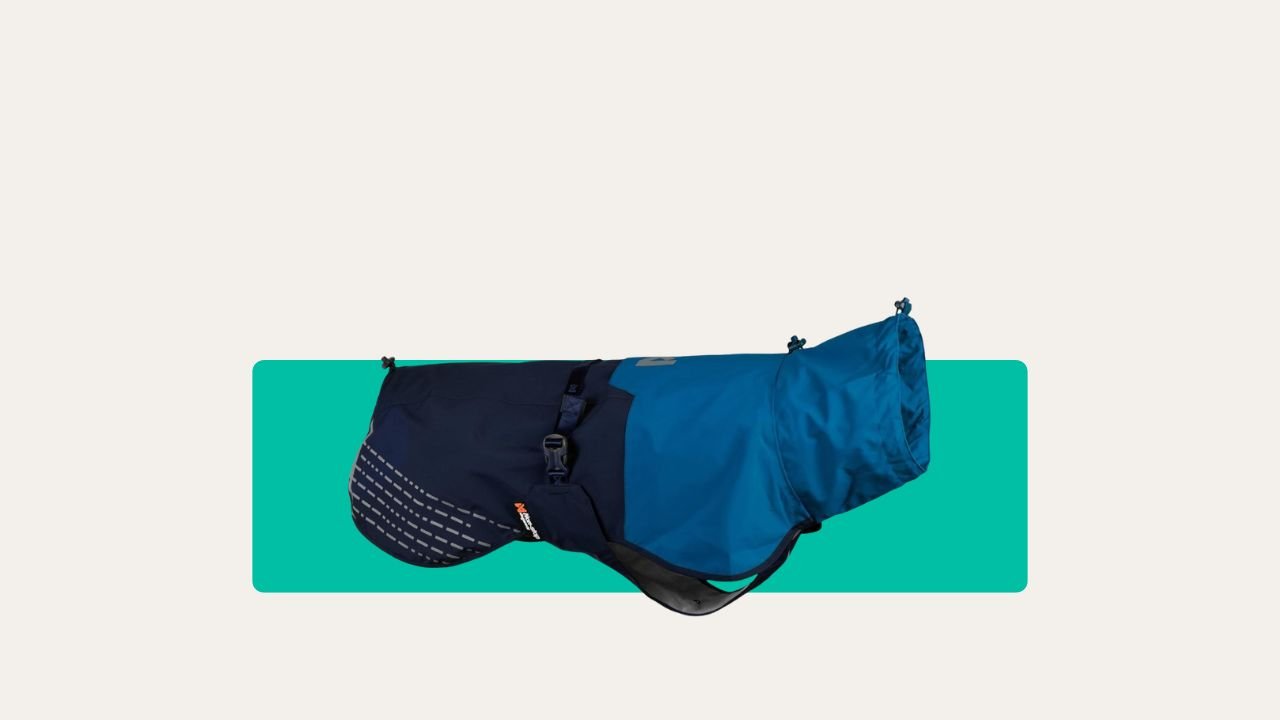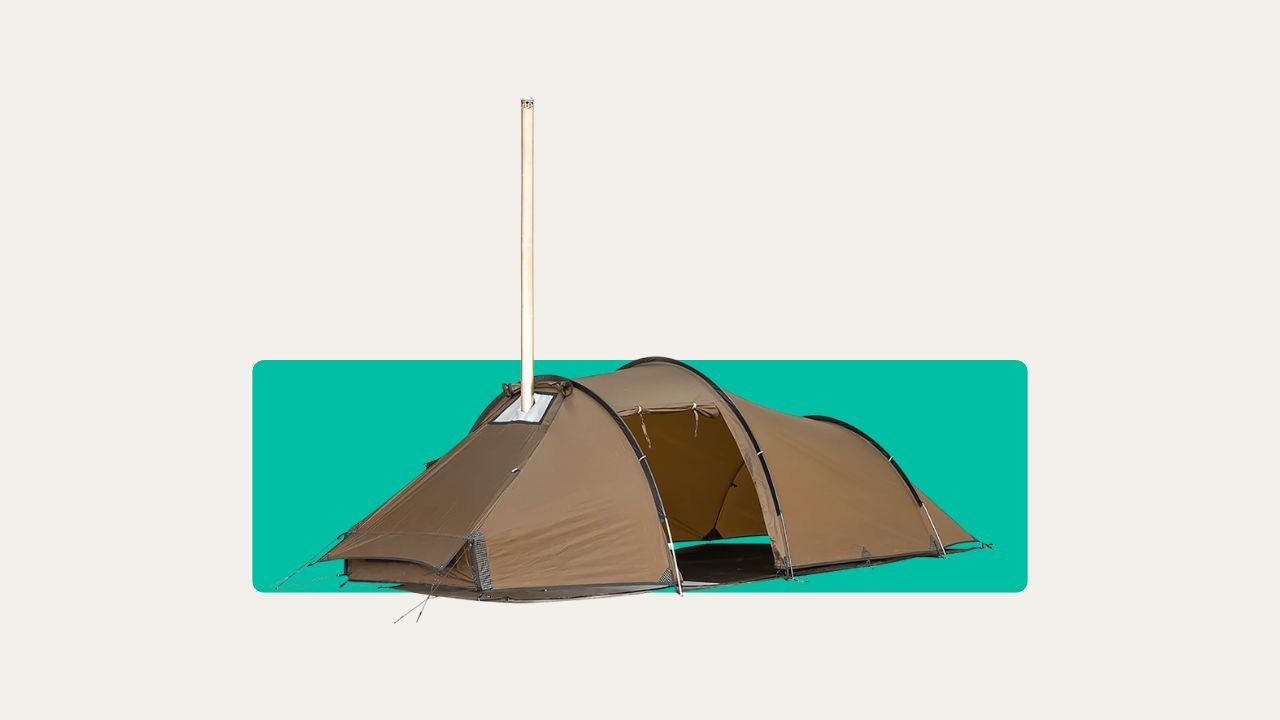Most people think you need a strong back and endless patience to nudge a caravan into place—especially on a slope, or when that pitch is a tight squeeze between two holiday-hardened neighbours. I used to think that too, until I tried pushing mine solo on a muddy site near the Brecon Beacons. Nearly broke my toe, lost my temper, and vowed: never again.
If you’ve heard folks talk about “motor movers” and assumed it’s tech for the posh or the lazy, let me set you straight. These clever devices are proper game-changers for anyone who owns a caravan—whether you’re a rookie or a weathered wanderer.
What Is a Caravan Motor Mover, Really?
Here’s the simple truth: a caravan motor mover is a motorised system bolted onto your caravan’s chassis—usually right by the wheels. With it, you can move your caravan backwards, forwards, or even spin it in place using a little handheld remote.

Think of it as a radio-controlled car, but one that weighs over a tonne and has your holiday home on top. You’re not just making things easier; you’re keeping your caravan (and your back) in one piece.
You might spot them attached to single-axle or twin-axle vans. Looks a bit like a robotic clamp hugging the tyres—but with a lot more muscle under the skin.
Main Parts and How They Work (No Techie Degree Required)
Let’s cut through the confusion and tackle what does what. Every caravan motor mover boils down to three main parts:
- Rollers: These chunky, knobbly pieces sit next to your wheels. They grip and spin the tyres themselves—no need to touch the steering wheel or use a tow-car.
- Motors: Small but fierce electric motors drive those rollers. Don’t be fooled—they’ve got the grunt to shuffle a thousand kilos uphill or across wet grass. (I once backed out of a soggy Lake District field, watching others dig in—smug, me? Maybe a bit.)
- Controls: You get a remote control, usually chunky enough not to lose, with simple buttons: forward, reverse, turn. Sometimes you’ll find a digital display, sometimes just basic switches. Both do the job.
How do you use it? First, engage the rollers—they move in to press against your caravan’s tyres. This can be done either by turning a manual handle, or at the press of a button. Once the rollers touch the tyres, you grab the remote, stand clear, and use the controls to move the van exactly where you want it. No sweaty wrestling; no shouting directions at your other half in the rain.
When you’re safely parked, disengage the rollers (so they don’t squash your tyres flat). Flick the master power switch off, and you’re ready to enjoy your surroundings—midge clouds and all.
The Big Benefits: Why Bother With a Motor Mover?
Now, this isn’t just about being lazy. It’s about making your whole trip safer, easier, and—if you ask me—a lot less argumentative.
- Solo Setup (or When It’s Just You and the Dog): Ever tried to reverse the caravan onto a tight pitch by yourself? A motor mover lets you handle the whole process solo—and avoid becoming campsite entertainment.
- Hassle-Free Parking: Fit into those awkward spots even when you’re hemmed in by trees, fences, or someone’s optimistic sun awning. I’ve nestled my van onto driveways with mere inches to spare—zero drama, zero dings.
- Safety First: Hand on heart, a mover can save you from back strains, bruised shins, and crushed pride. No more pushing, heaving, or reversing into things you can’t see. On steep sites or wet grass, movers keep things controlled and predictable.
- No More Awkward Angles: You can make tiny adjustments—a couple of centimetres at a time—without hopping in and out of the car or asking strangers to help.
- All-Weather Confidence: Wind howling? Rain coming sideways? Motor movers don’t care. They’ve got the grip and muscle to keep shifting, long after you’d have thrown your hands up otherwise.
Honestly, after one trip with a mover, you’ll wonder how you ever managed without it. I’ve seen plenty of tough old hands turn to jelly when faced with a tight pitch at dusk and no one left in camp to spot them.
Easy Care: How to Keep Your Motor Mover Happy
Look, these gadgets are sturdy—but they’re not immortal. Want yours to last for years, not just a few weekends? Here’s the true camper’s guide to low-maintenance movers.

Disengage After Use
This is more important than it sounds. Always disengage the rollers from the tyres when you’ve finished parking. Leave them pressed on, and you’ll risk flattening the tyre at the contact point—especially if the van’s parked up for months.
Keep Things Clean
UK roads fling up all sorts—grit, mud, salt, sheep droppings. Give your motor mover a quick rinse (hose, sponge, nothing fancy) after rough journeys or winter layups. Dirt and salt munch through metal and plastic if you let it build up.
Make sure the rollers are free from stones and tar before every use—the tiniest bit of grit can tear a chunk from your tyres or jam up the moving parts.
Watch the Battery
Motor movers feed off your caravan’s leisure battery. If it runs flat, you’re pushing by hand—always at the worst possible moment (ask me about a rainy Friday in Norfolk).
Keep the battery charged and check the terminals for corrosion. If you use a trickle charger over winter, the mover will be ready when you need it. If the battery’s getting tired (goes flat quickly or won’t hold a charge), swap it out before you travel.
Don’t forget the remote—it usually runs on AA or AAA batteries. Chuck a spare set in your caravan first aid kit, just in case.
Check Connections & Fixings
Every season, crawl under the van and check for loose wires, rusty bolts, or damaged casings. British weather is merciless—water can sneak in and cause electrical gremlins if you’re not careful.
Pay close attention to the cable connections and the mountings that bolt the motor mover to the frame. Vibrations from bumpy roads can shake things loose over time.
Annual Servicing
If you’re not handy with tools, book your mover in for a service. Get a caravan engineer to run an eye over the electrics, grease the gears, and make sure nothing’s starting to seize up. One hour of maintenance can spare a whole weekend of cursing.
If you want a checklist for annual caravan prep—including storage tips and servicing—have a look at our Caravan Servicing Guide.
Real-World Examples: When a Motor Mover Truly Comes Into Its Own
You won’t always need your mover—but when you do, it’ll pay for itself.

Had a trip to the coast where the only free pitch was boxed in by hedges and a stone wall. The site manager looked doubtful. I clipped on the remote, gave the van a gentle nudge, and eased it in with an inch to spare on both sides. No drama.
On a grey October day in Cornwall, I watched two couples trying to budge a stuck caravan uphill by hand. Mud flying, tempers fraying. I parked up, switched my mover on, and glided my van out—no sweat, no fuss, just nods of respect from soggy neighbours.
After a stormy night at Loch Lomond, I found my van perched at a tricky angle, bordered by soft ground and a fence. The mover spun me round gently, avoiding all the hazards while I stayed dry and calm.
Final Thoughts: Motor Movers—A Campers' Best Mate
Here’s the truth, mate: a caravan motor mover is more than a luxury. It’s your passport to solo touring, easy getaways, and peaceful setups—rain or shine. Once you’ve tasted the stress-free life, there’s no going back.
Just give it a bit of care: disengage those rollers, keep the kit clean, charge the battery, and check the fixings now and then. That’s all it takes to save your back and keep the holiday spirit high.
If you’re weighing up whether it’s worth it, ask yourself: do you want to spend your time wrestling the van or enjoying the view?
That’s the honest, mud-on-boots rundown from the field—learned the hard way, so you don’t have to. Safe travels, and see you on a breezy pitch somewhere.








